How Your Desk Job May Be Affecting Your Muscles
August 14, 2025
9 min
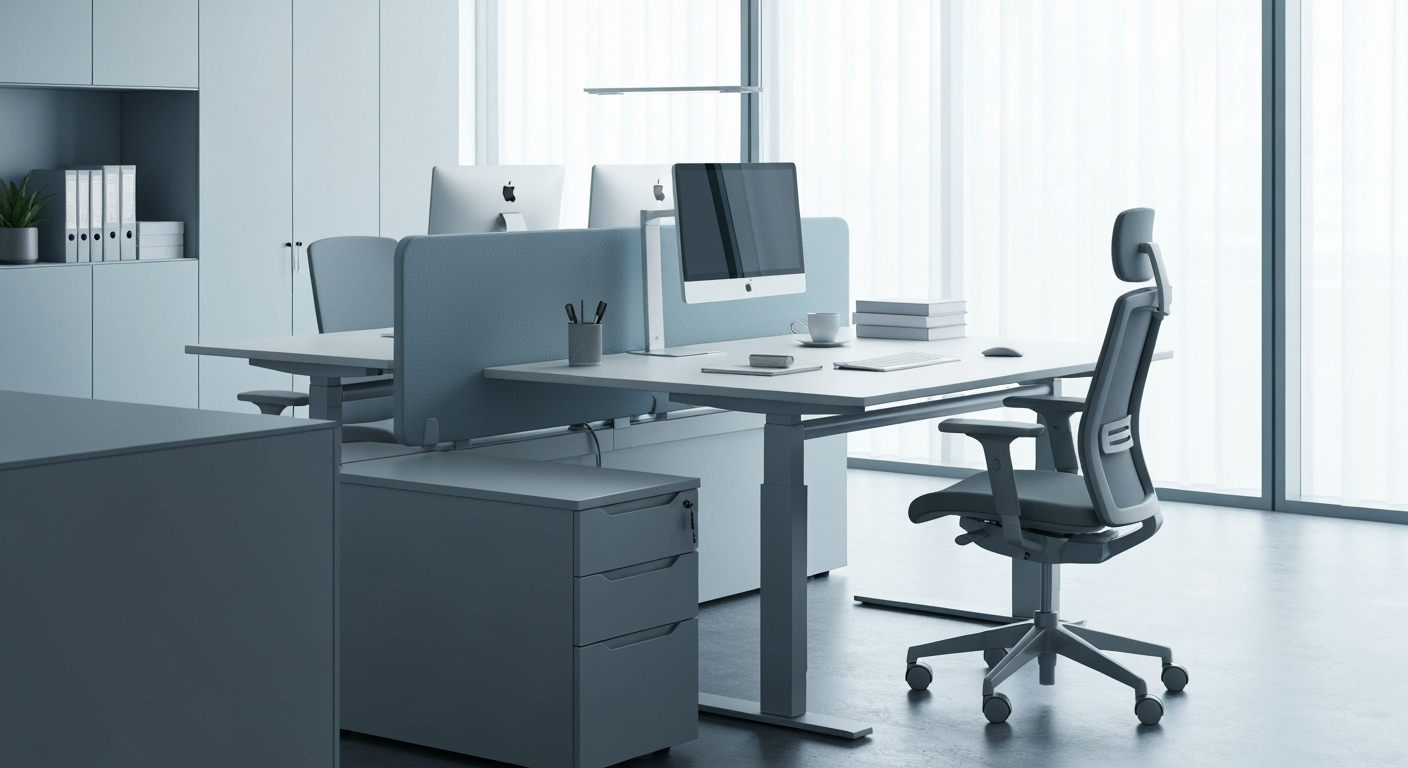
The Silent Toll of Sedentary Work on Your Muscles
In today's digital age, many spend the majority of their workday sitting at a desk, often unaware of the significant impact this can have on their muscular and musculoskeletal health. Prolonged sitting and poor posture can lead to chronic pain, muscle imbalances, and serious long-term health consequences. This article explores how sedentary desk work affects your muscles, the risks involved, and practical strategies to maintain muscular health and well-being in an office environment.
Muscular and Skeletal Impact of Prolonged Sitting

Which parts of the body are most commonly affected by prolonged sitting at a workstation?
Prolonged sitting at a workstation predominantly impacts the hips, back, and spine. Sitting for extended periods leads to the shortening and tightening of the hip flexor muscles, which can contribute to discomfort and mobility issues. The lower back often bears the brunt of poor posture, resulting in pain, muscle strain, and potential long-term spinal misalignment. Additionally, the muscles of the legs and glutes can weaken over time because they are not engaged regularly, affecting stability and walking agility.
Beyond musculoskeletal consequences, extended sitting elevates the risk of broader health problems. It can cause obesity due to decreased activity levels and contribute to metabolic syndrome, which involves high blood pressure, high blood sugar, and abnormal cholesterol levels. These factors together increase the likelihood of cardiovascular disease and some types of cancer. Blood pooling in the lower limbs may also lead to swelling, tiredness, and dangerous conditions such as deep vein thrombosis (DVT).
Maintaining proper ergonomics—such as adjusting chair height, taking frequent movement breaks, and practicing good posture—can considerably reduce these risks. Incorporating regular physical activity, including stretching and strength exercises focused on the hips, back, and core, is essential to counteract the negative effects of sitting for too long.
How Desk Jobs Cause Muscle Pain and Aches

Can sitting at a desk all day cause body aches and muscle pain?
Yes, sitting at a desk all day can lead to various aches and pains. Prolonged sitting exerts pressure on the hips and lower back, often resulting in discomfort or chronic pain in those regions.
Many individuals adopt poor posture habits, such as slouching or leaning forward, which can strain the neck, shoulders, and upper back muscles. This posture not only causes temporary discomfort but can also lead to long-term musculoskeletal problems.
In addition, extended periods of immobility can contribute to issues like carpal tunnel syndrome and arthritis in the hands and wrists, while the elbows may become sore or stiff due to repetitive movements or poor ergonomics.
To help prevent or reduce these pains, it's beneficial to improve your workstation setup by adjusting chair height, monitor position, and keyboard placement. Scheduled breaks for stretching and changing positions are essential, as is using ergonomic furniture or standing desks to promote better posture and movement throughout the day.
Understanding Dead Butt Syndrome and Muscle Imbalances
What muscular health issues are linked to sitting for long periods, such as 'dead butt syndrome'?
Prolonged sitting can significantly impact muscle health, leading to issues like 'dead butt syndrome,' also known as gluteal amnesia or gluteus medius tendinopathy. This condition occurs when the gluteal muscles, especially the gluteus medius, weaken or lose activation due to inactivity. As a result, there's often muscle imbalance, pelvic instability, and discomfort that can radiate to the hips, lower back, knees, and buttocks.
Sitting too long causes the hip flexor muscles to shorten, contributing to muscle tightness and reducing the activity of the glute muscles. This weakness can impair hip stability, alter gait, and increase the risk of developing joint pain or injuries. Numbness, tingling, or soreness in the buttocks may also occur due to nerve compression or tendinosis of the gluteal tendons.
Addressing these issues involves incorporating specific exercises and lifestyle changes. Regular movement, stretching tight muscles, maintaining proper posture, and taking frequent active breaks help keep the glutes strong and functional. Strengthening routines such as glute bridges, side-lying leg lifts, and hip thrusts are effective for counteracting muscle weakness. Ergonomic adjustments, like sitting with feet flat and avoiding crossing legs, further prevent imbalances and support musculoskeletal health.
Ergonomic Practices and Posture Correction for Muscle Health
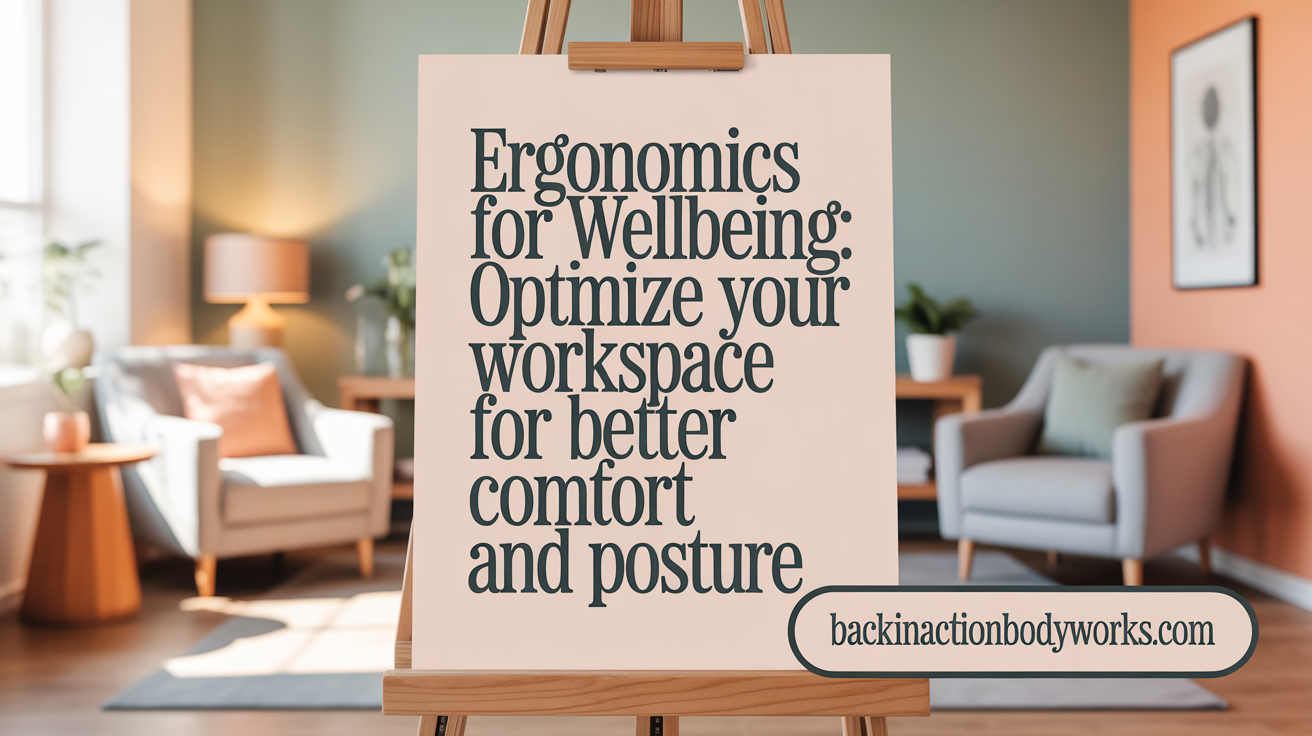
What ergonomic practices can help maintain muscle health during desk work?
Maintaining good muscle health at a desk involves implementing ergonomic principles that promote proper body alignment. Start by using an adjustable chair with lumbar support to keep your lower back properly supported. Your chair height should be set so that your feet rest flat on the floor or on a footrest, reducing pressure on your hips and legs.
Position your computer monitor directly in front of you, at an arm's length, with the top of the screen at or just below eye level. This setup minimizes neck strain and encourages proper head posture. Keep your keyboard and mouse close so your wrists and forearms can stay aligned, and ensure your elbows are bent around 90 degrees to avoid tension in your shoulders.
Taking regular breaks is crucial. Stand up, stretch, and move around about every 20-30 minutes to prevent muscle fatigue and improve circulation. Proper workspace organization, including sufficient lighting and avoiding excessive reaching for items, supports musculoskeletal health. These ergonomic practices are simple yet effective in reducing strain and promoting long-term muscle wellness during desk work.
Posture guidelines to reduce muscle strain
Good posture is essential for preventing muscle fatigue and joint pain. Sit with your feet shoulder-width apart, engaging your core muscles to support your spine. Keep your shoulders back and relaxed, avoiding slouching or leaning forward. Your head should be aligned over your spine to prevent forward head posture, which can overtax neck muscles.
In addition to proper sitting posture, avoid crossing your legs for extended periods, as it can cause muscle imbalances and discomfort. Instead, shift positions frequently and incorporate standing or movement breaks into your routine.
Correct monitor, keyboard, and chair positioning
Proper placement of your workspace tools can significantly reduce strain. Ensure your monitor is directly in front of you, with the screen's top at or slightly below eye height. The keyboard should be placed so that your forearms are parallel to the floor, and your wrists are straight. Use a wrist rest if needed, but avoid resting wrists constantly while typing.
Your chair should support your lower back, keep your hips slightly higher than your knees, and allow your feet to sit flat on the floor. Adjust the backrest to maintain natural spinal curves, promoting upright sitting. These small adjustments can make a substantial difference in preventing musculoskeletal issues.
Using standing desks and alternating posture
Incorporating standing desks or alternating between sitting and standing can help alleviate the strain associated with prolonged sitting. Standing encourages better spinal alignment and engages different muscle groups, aiding circulation and reducing muscle fatigue.
To optimize benefits, gradually increase standing time, starting with 15-20 minutes per hour. Combine standing with movement, such as walking or stretching, to further promote musculoskeletal health. This dynamic approach helps prevent stiffness, weak muscles, and chronic pain, fostering overall wellness.
Professional assessment and tools to maintain posture
If persistent discomfort occurs despite ergonomic adjustments, consulting with health professionals like orthopedists, physiotherapists, or ergonomic specialists can be beneficial. They can assess your posture, identify imbalances, and recommend tailored exercises or ergonomic devices.
Tools such as ergonomic chairs, sit-stand desks, footrests, lumbar supports, and monitor stands aid in maintaining proper alignment. Regular professional checkups and using posture-support devices ensure long-term musculoskeletal well-being, especially for those with existing pain or chronic issues.
More information
Searching for "ergonomics for muscle health desk job" can provide additional insights and strategies to optimize your workspace for better posture and muscle health. Adopting these ergonomic practices can help prevent discomfort, improve productivity, and support overall physical health during long hours of desk work.
The Impact of Poor Posture on Neck, Back, and Jaw Muscles

How does poor posture at a desk impact muscles such as those in the neck, back, and jaw?
Poor posture while working at a desk can have a profound effect on the muscles in the neck, back, and jaw. When you slouch, lean forward, or hold your head in an extended position, it increases strain on these muscles, leading to fatigue, stiffness, and discomfort.
One common issue is forward head posture, which occurs when the head juts out in front of the shoulders. This position overworks the neck muscles, particularly the suboccipital muscles, and can cause tension headaches. It also leads to muscle tightening and imbalance, weakening supportive muscles such as the deep neck flexors.
Similarly, poor desk ergonomics, like monitors placed too low or keyboards positioned too high, force shoulder and back muscles into awkward positions. This can cause muscle tension around the shoulders, the upper and lower back, and the jaw muscles. Over time, these muscles may become overly tight or weak, disrupting normal function.
The jaw muscles, including the temporomandibular joint (TMJ), can also be affected. Clenching or grinding due to stress or poor posture increases strain on the jaw, potentially leading to TMJ disorder. Additionally, muscle imbalance caused by poor posture might contribute to bruxism—habitual teeth grinding—which further exacerbates jaw pain and wear.
Long-term effects of sustained poor posture include not only muscle pain but also structural changes like spinal misalignment, vertebral compression, and even joint degeneration. These problems can result in chronic pain, reduced mobility, and decreased quality of life.
To prevent these issues, practicing proper ergonomics—like adjusting monitor height, using supportive chairs, and keeping feet flat on the floor—is essential. Regular stretching, strengthening exercises, and mindfulness about maintaining good posture throughout the day can significantly reduce the risk of developing musculoskeletal problems caused by poor desk habits.
Effective Exercises and Movement Strategies to Counteract Sitting-Related Muscle Issues
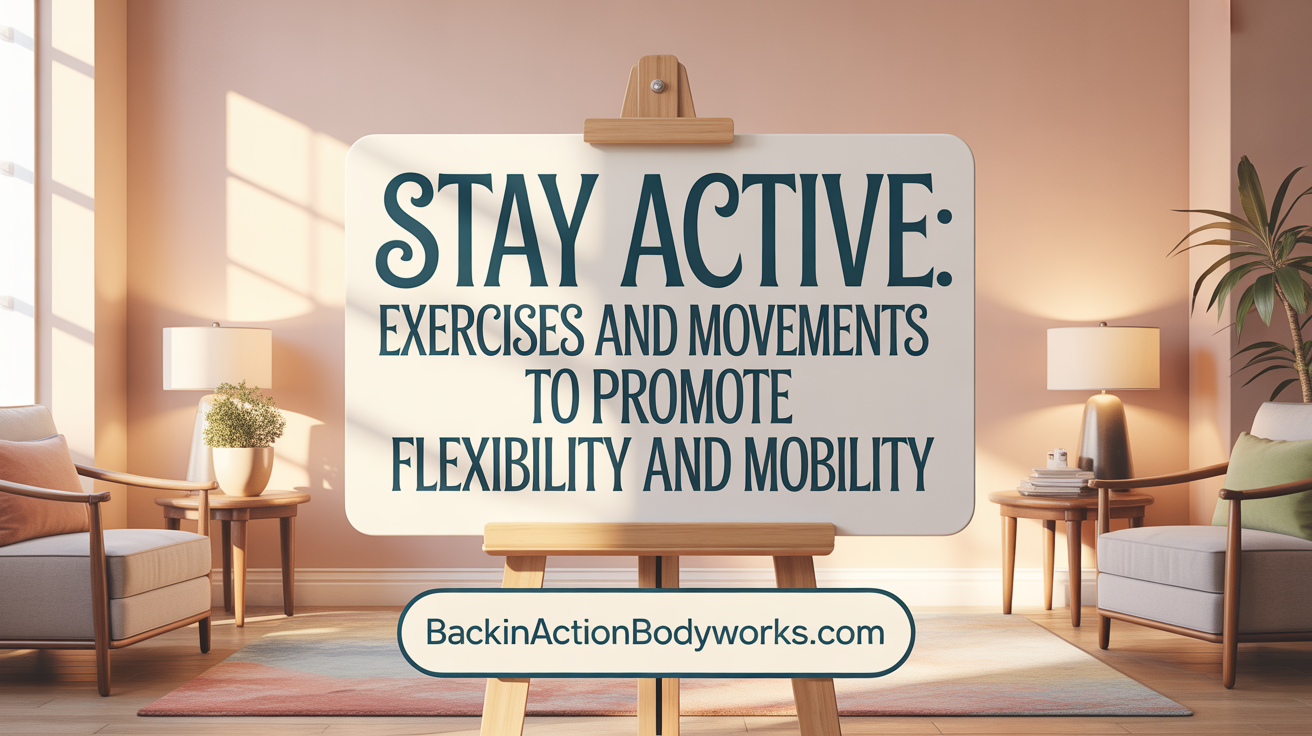
What exercises and stretches help prevent muscle problems related to prolonged sitting at a desk?
Incorporating regular movement alongside targeted exercises can significantly reduce muscle fatigue and joint pain caused by extended sitting.
To strengthen the muscles that support proper posture, focus on exercises for the glutes and core. Glute bridges, side-lying leg lifts, clamshells, and simple squeezes of the glute muscles help combat weak glutes that contribute to lower back and hip pain.
Stretching tight muscles is equally important. Regularly stretch the hip flexors using runner’s lunges, which open up the hips and reduce tightness. The seated spinal twist and neck stretches are effective for alleviating tension in the lower back and shoulders. These stretches improve flexibility and restore muscle balance.
Every 20 minutes, take a break from sitting to stand, walk, or perform brief stretches. This activity helps activate muscles, improve circulation, and prevent stiffness. Ergonomic desk setups, such as adjustable standing desks or stability balls, combined with regular movement, further support musculoskeletal health.
Overall, a combination of strengthening exercises, dynamic stretching, and frequent short breaks can help maintain muscle health, reduce pain, and promote better posture during long hours at a desk.
Taking Charge of Your Muscular Health at Work
The physical demands of modern desk jobs extend beyond mental strain, profoundly impacting muscle health, posture, and overall musculoskeletal function. Recognizing the risks associated with prolonged sitting and poor ergonomic practices is crucial for preventing chronic pain, muscle imbalances, and long-term health issues. Through mindful workplace design, regular movement, targeted exercises, and posture awareness, individuals can effectively combat the adverse effects of desk work. Investing time in these preventive measures not only enhances physical comfort but also promotes productivity, mental well-being, and a healthier lifestyle. Take the steps today to transform your desk job experience and safeguard your muscular health for years to come.
References
- 3 Work Desk Mistakes That Can Lead to Bad Posture & Pain
- If You Sit at a Desk for More Than 4 Hours a Day, Read This
- Dead Butt Syndrome: A Real Pain
- 5 Scary Ways Working in an Office Affects Your Mental and Physical ...
- Poor Posture and Oral Health: Your Desk Job Could Be Affecting ...
- HOW YOUR OFFICE CAN CAUSE YOU PAIN
- Desk Job Danger: Preventing & Treating Work-Related Aches & Pains
- Why Is Sitting so Bad for Us? > News > Yale Medicine
- 24 Ways Your Desk Job Is Ruining Your Health - Inc. Magazine
Recent articles
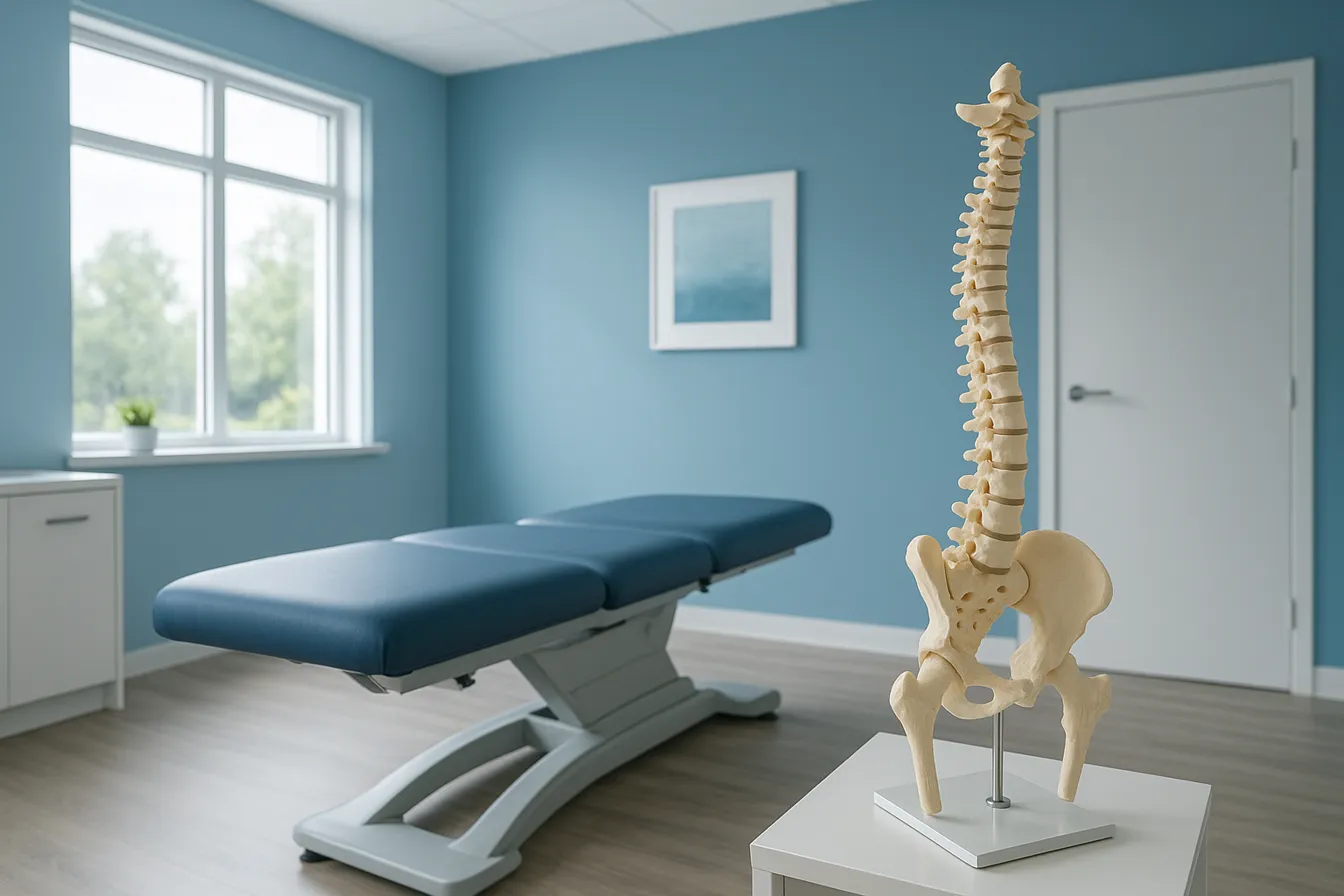
Chiropractic Care: Key Benefits for Managing and Preventing Back Pain
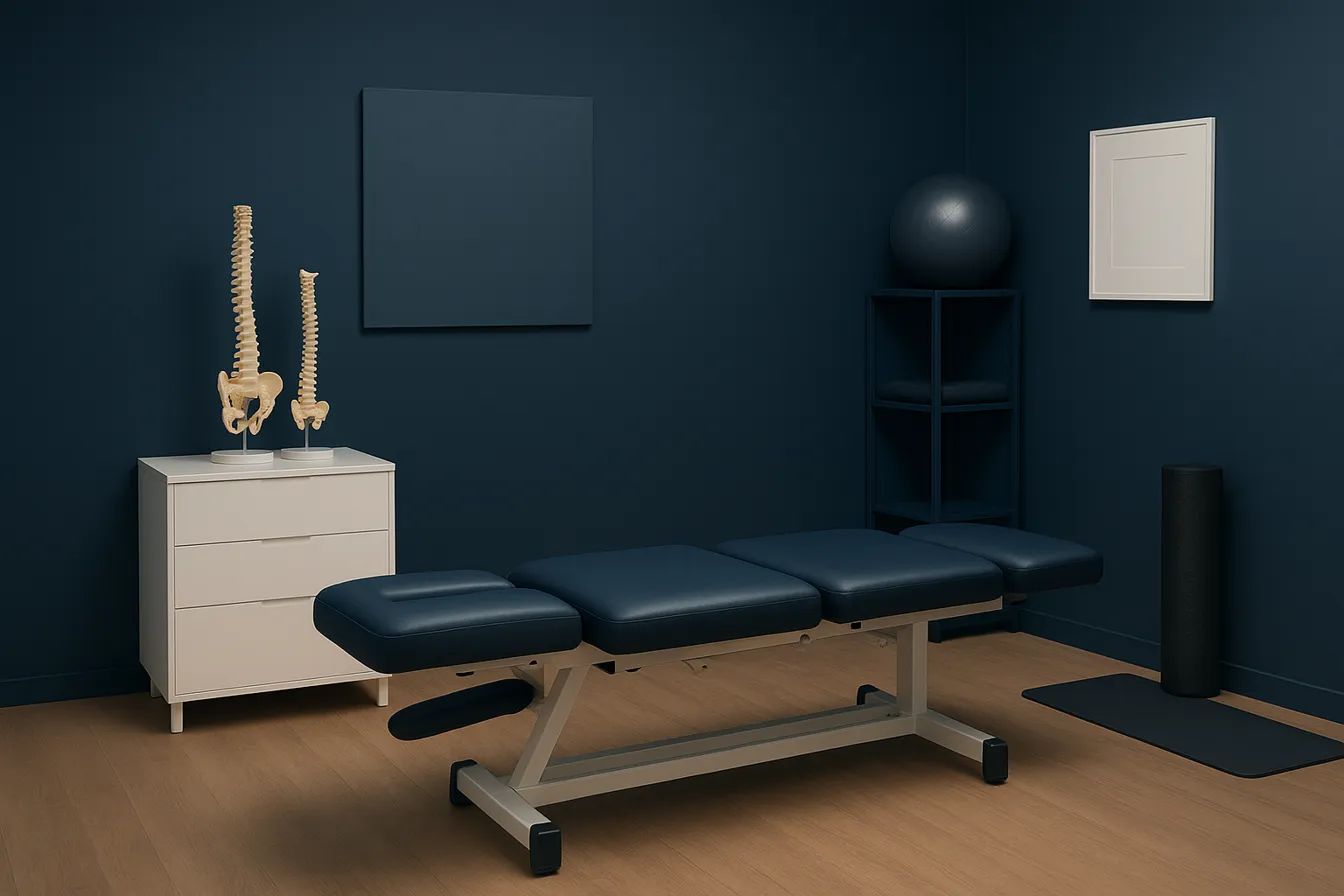
Corrective Exercises That Support Long-Term Relief from Sciatica
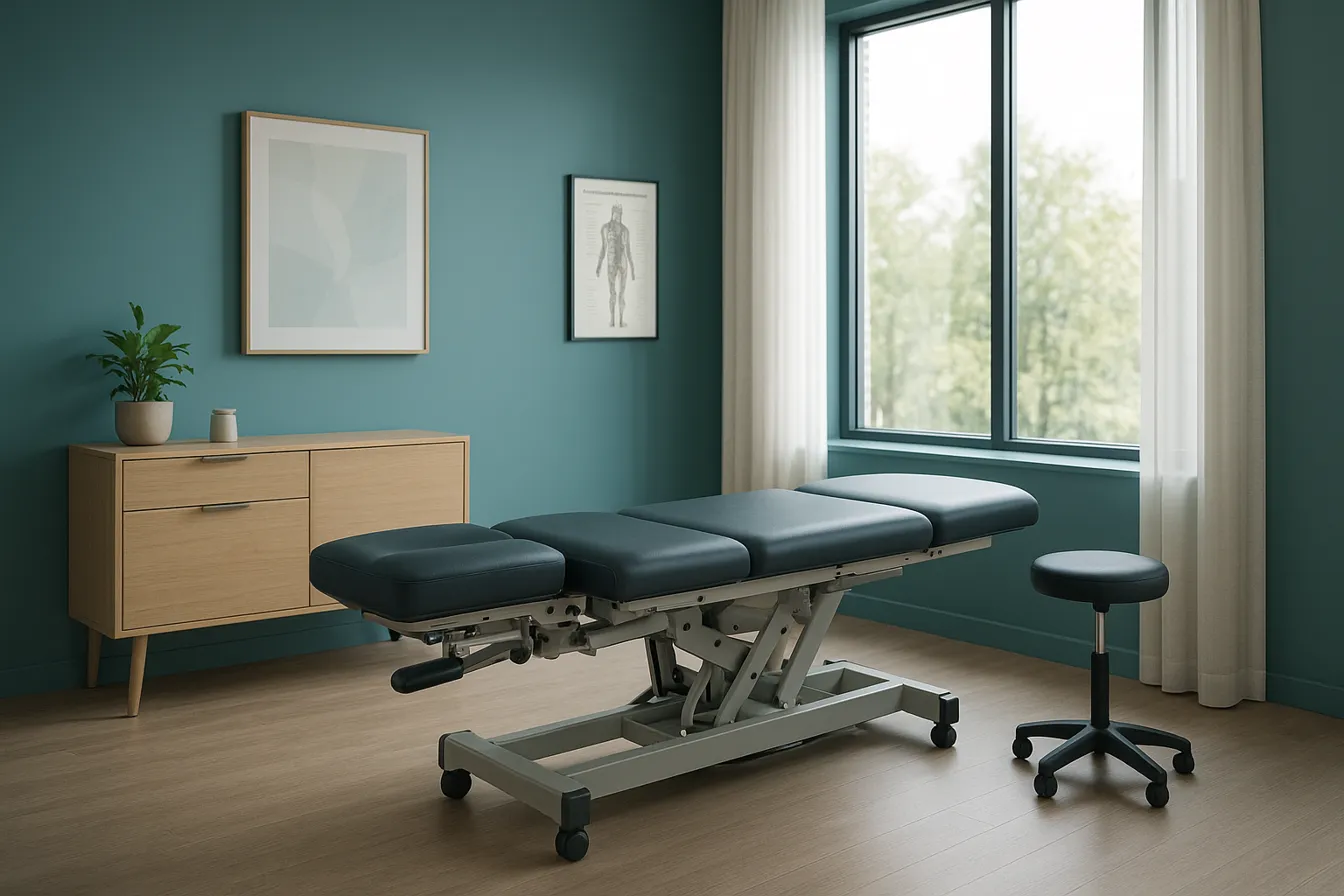
Chiropractic Methods That Provide Lasting Relief from Back Pain
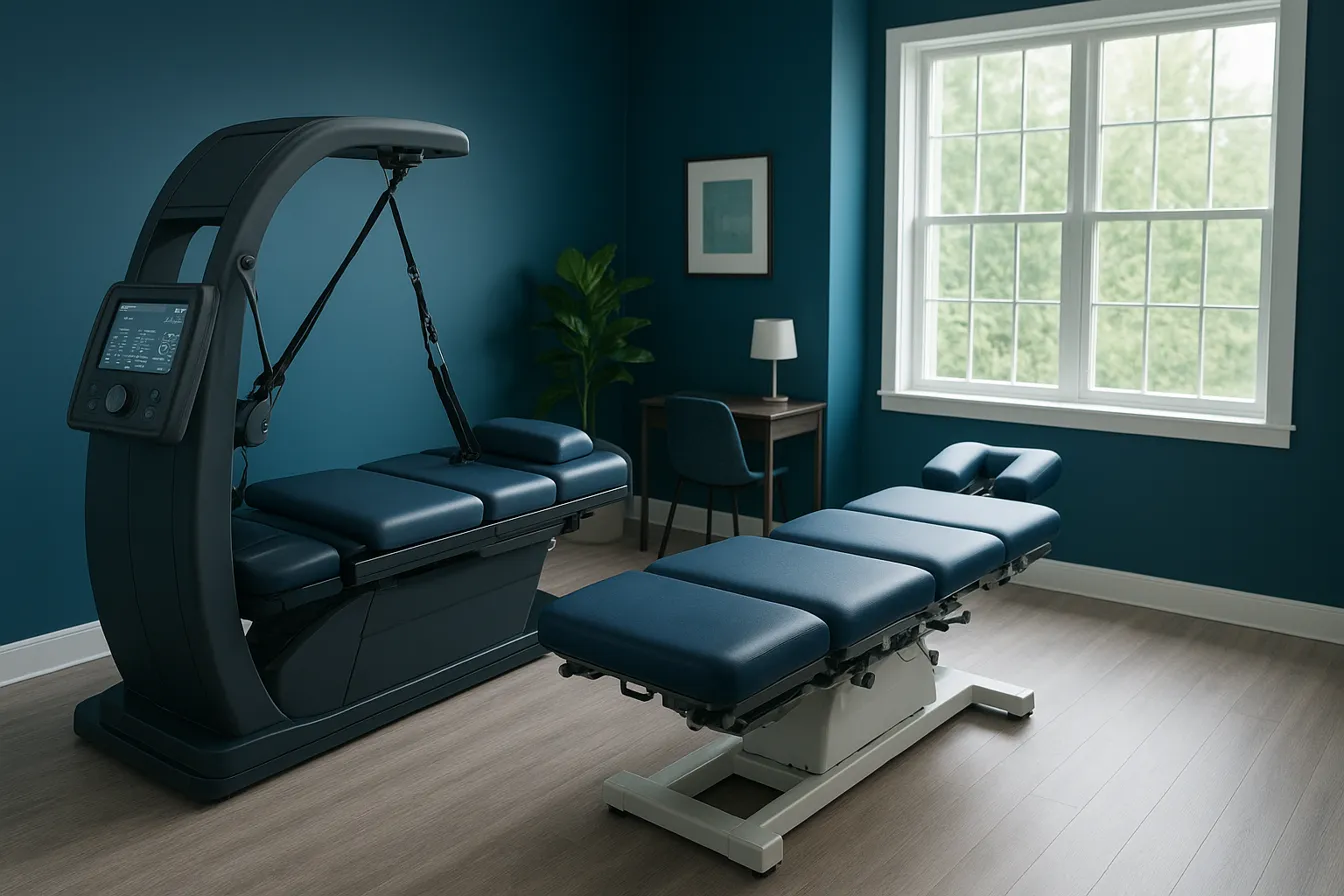
Understanding Spinal Decompression and Its Benefits for Sciatica
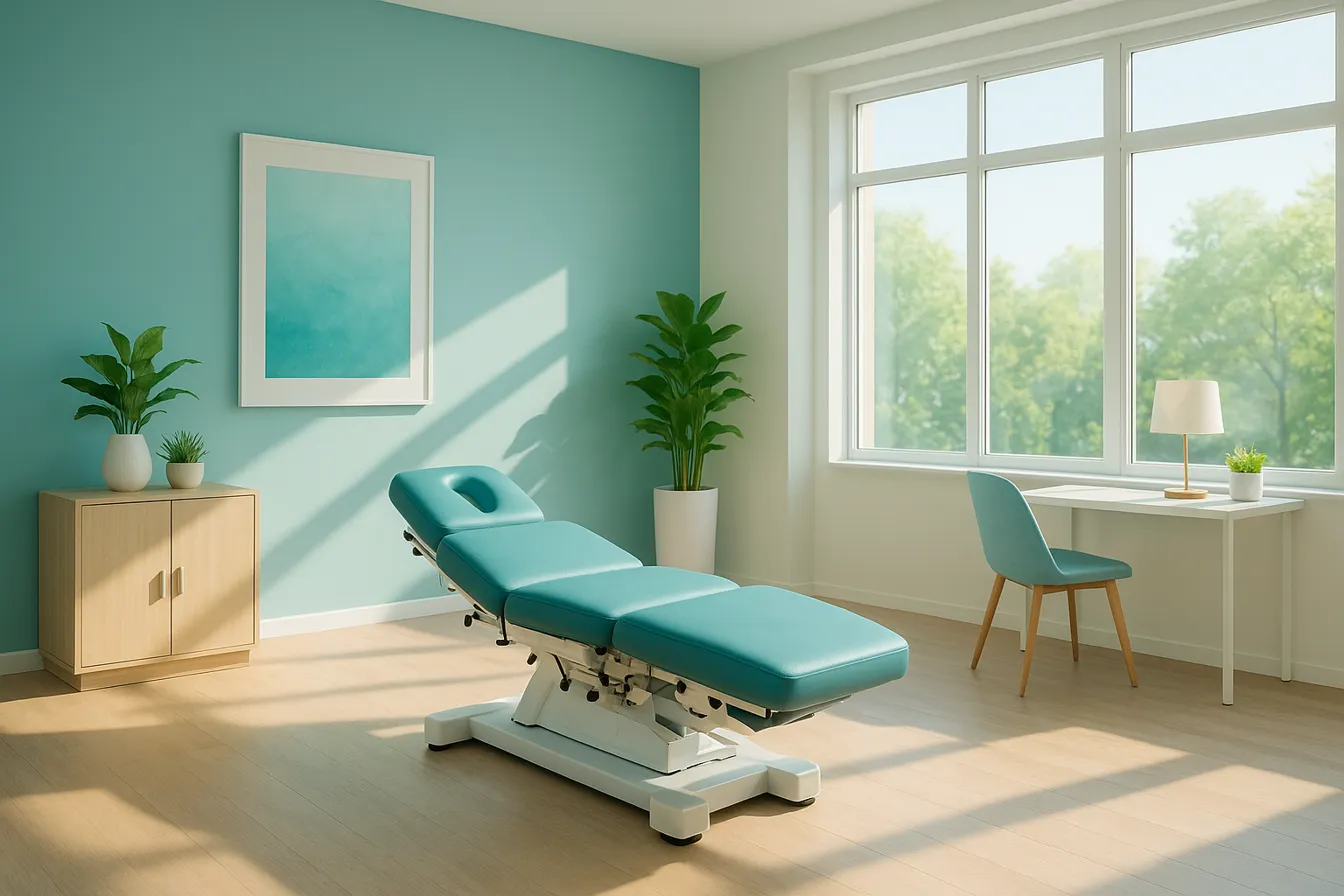
Real Patient Testimonials: Success Stories in Chiropractic Care

Top Questions to Ask Your Chiropractor During Your Initial Visit
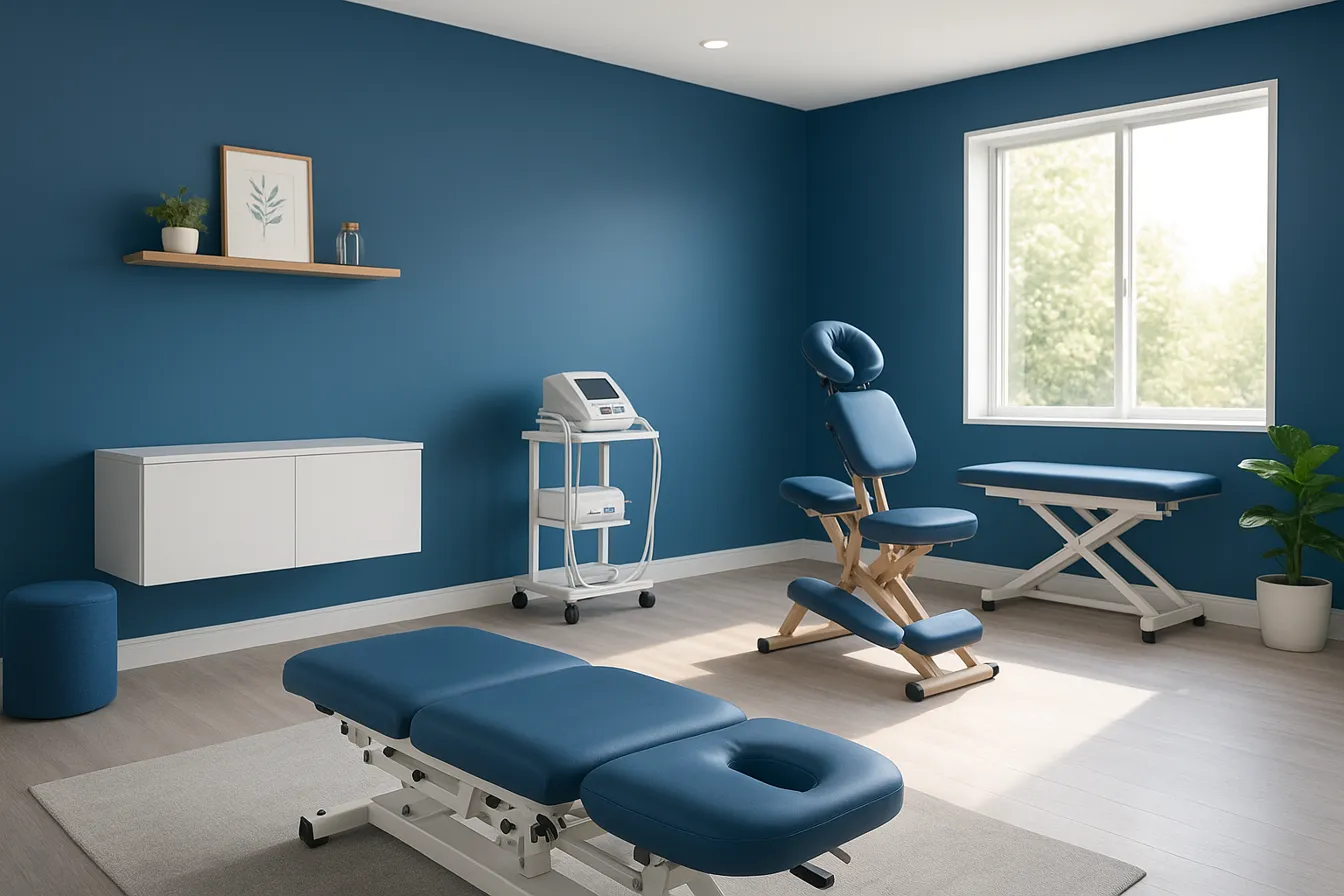
Physiotherapy's Role in Supporting Chiropractic Treatment Plans

The Role of Diet and Nutrition in Enhancing Wellness and Chiropractic Care

Inspiring Patient Testimonials Highlighting Chiropractic Success
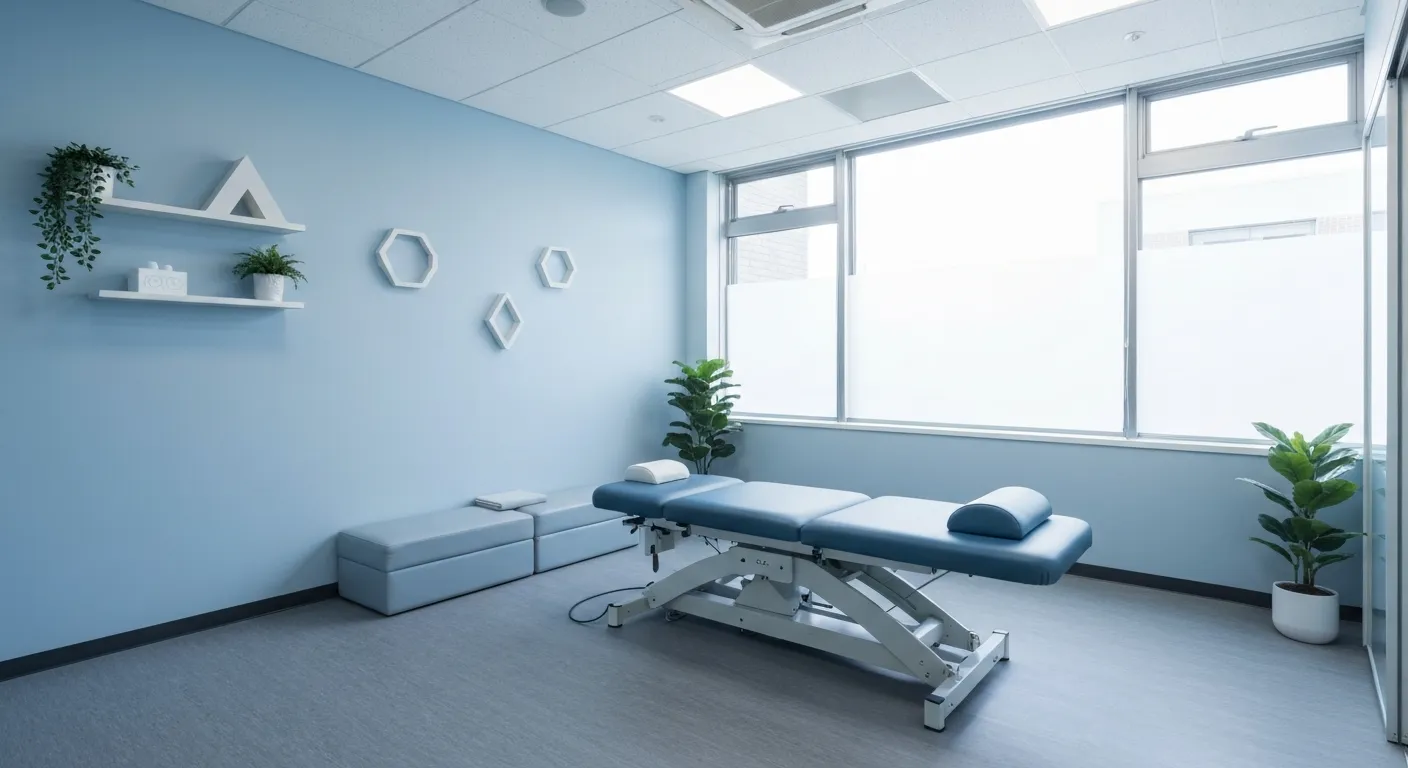
Chiropractic Care: A Natural Solution for Back Pain Relief

Amazing Patient Success Stories in Chiropractic Wellness
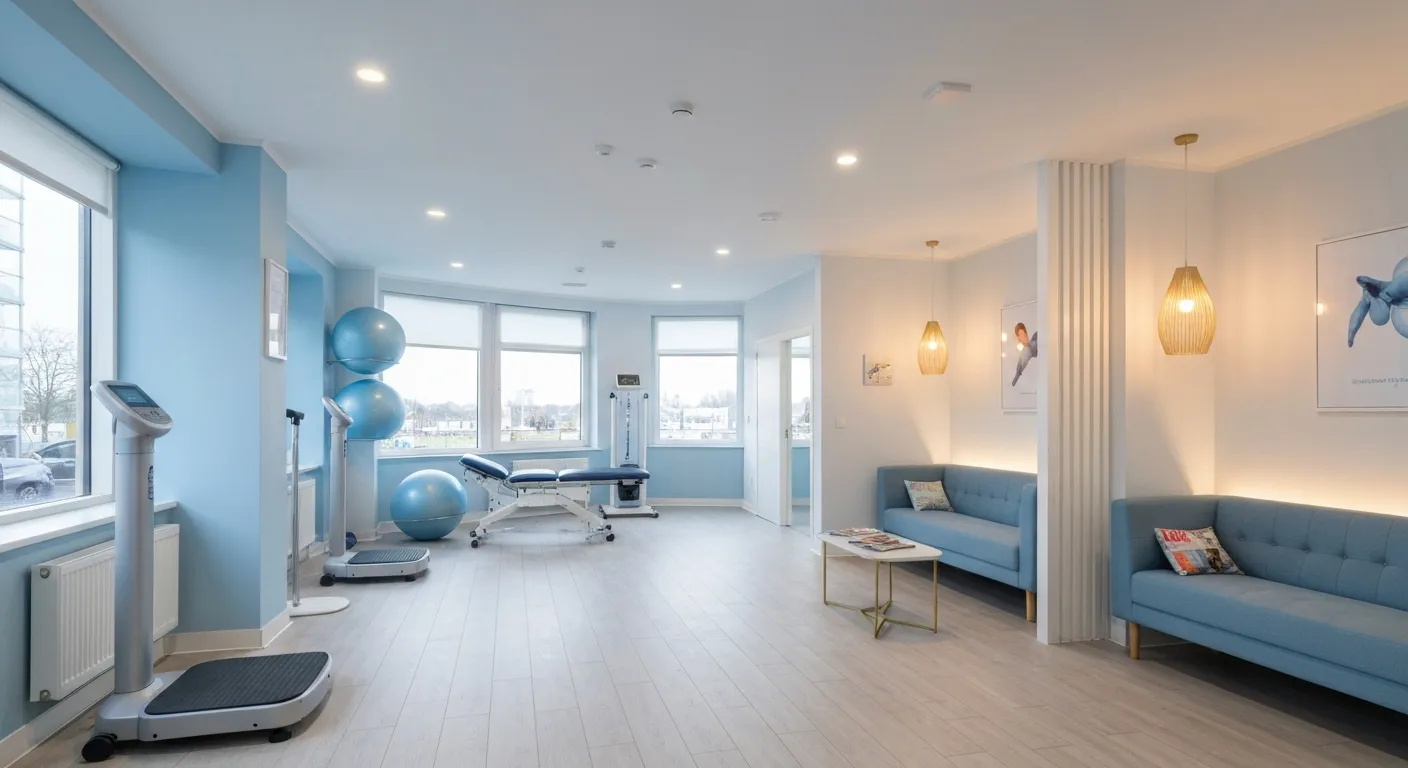
Combining Physiotherapy and Chiropractic for Optimal Healing

Spinal Decompression Therapy: A Breakthrough for Sciatica Sufferers
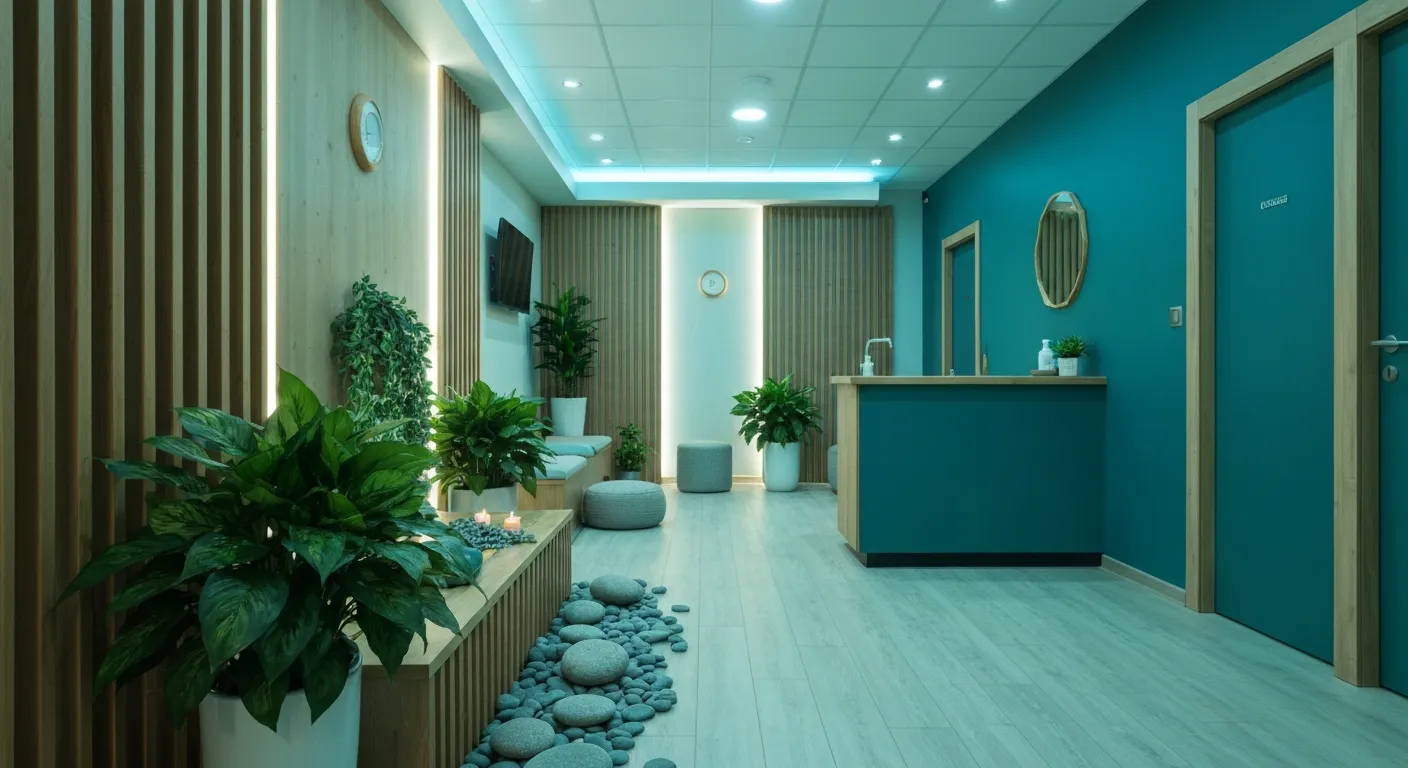
5 Holistic Treatments That Complement Chiropractic Care

How Physiotherapy Supports and Enhances Chiropractic Treatment
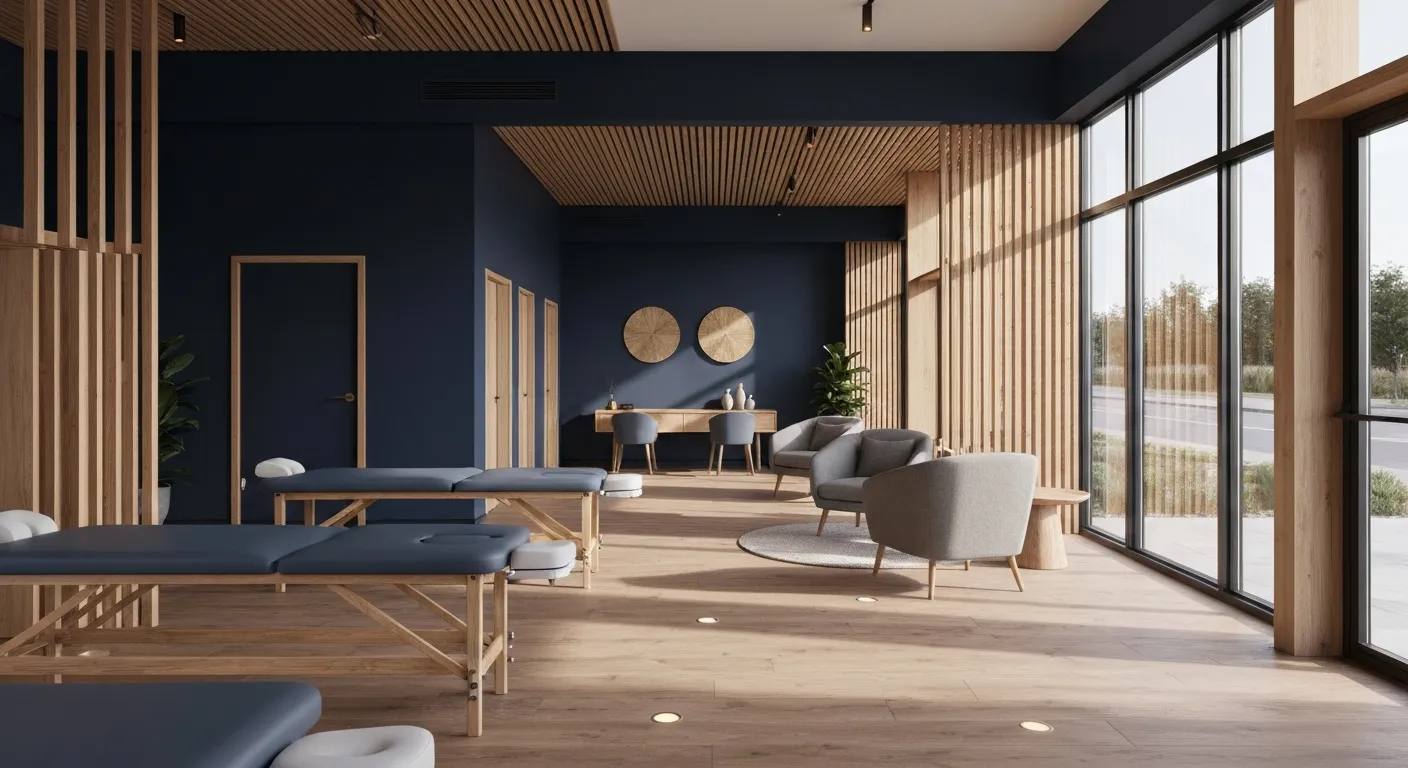
Root Cause Versus Symptom Treatment: Making the Right Choice

7 Essential Things to Know Before Choosing Your Chiropractor
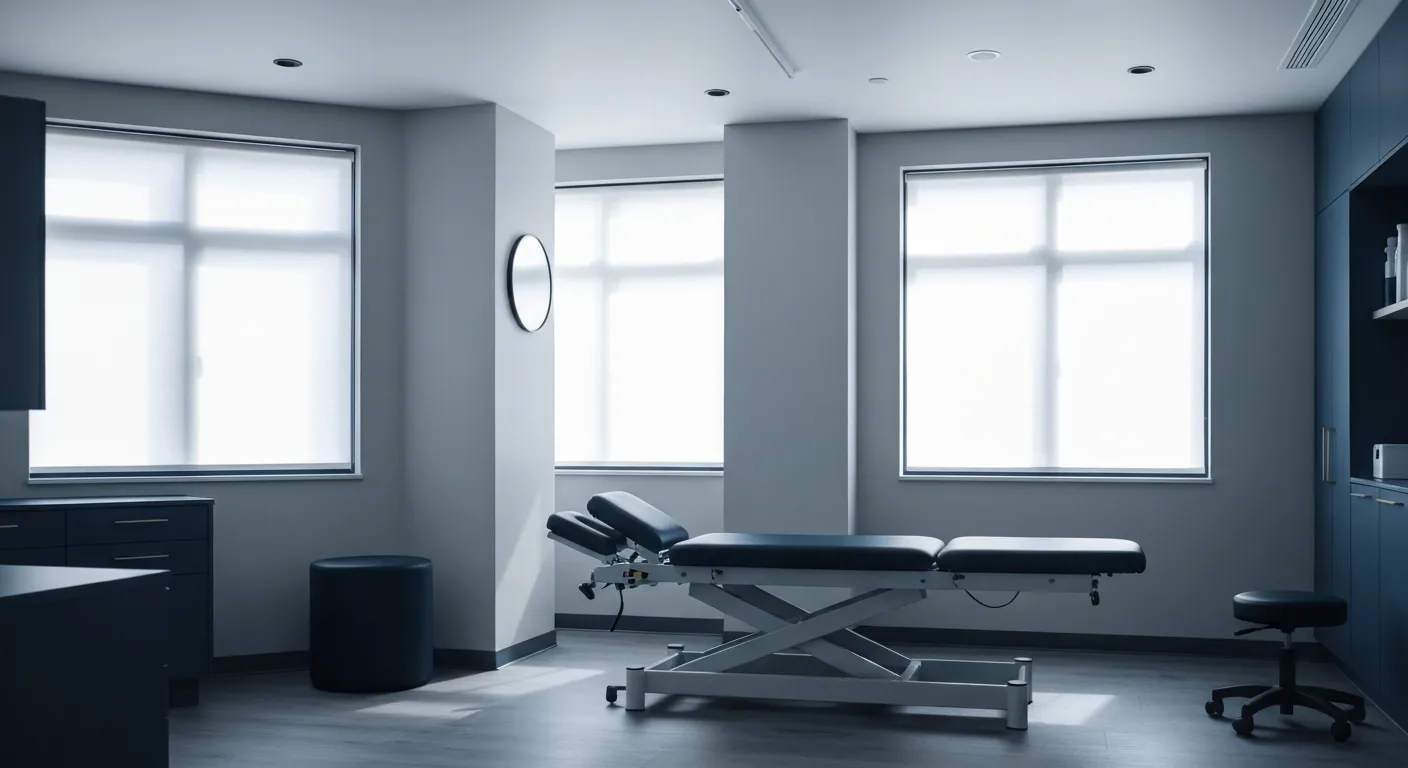
Why Addressing Root Causes of Pain Matters More Than Just Symptoms
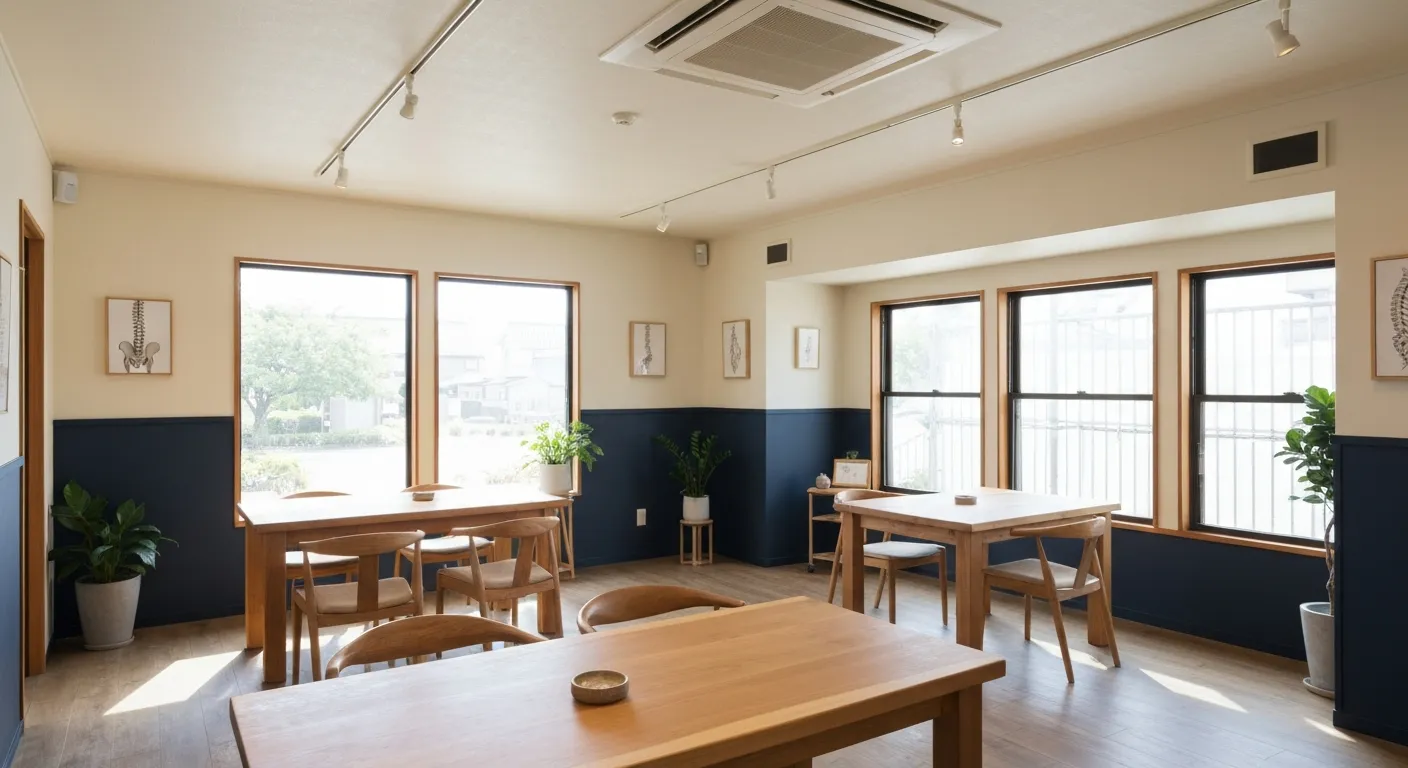
Nutritional Counseling Strategies to Boost Your Overall Wellness
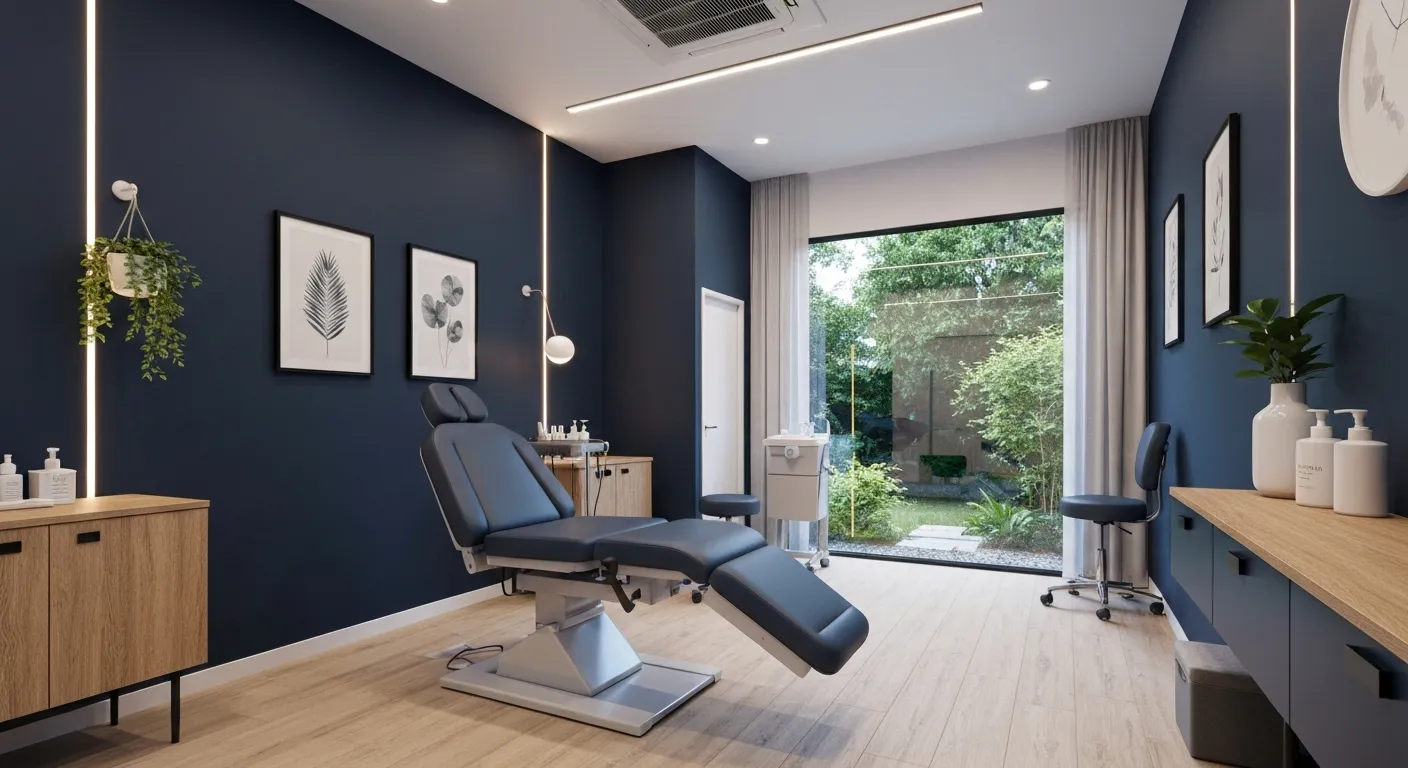
How Spinal Decompression Therapy Alleviates Sciatic Nerve Pain

Long-Term Pain Relief Through Targeted Corrective Exercises
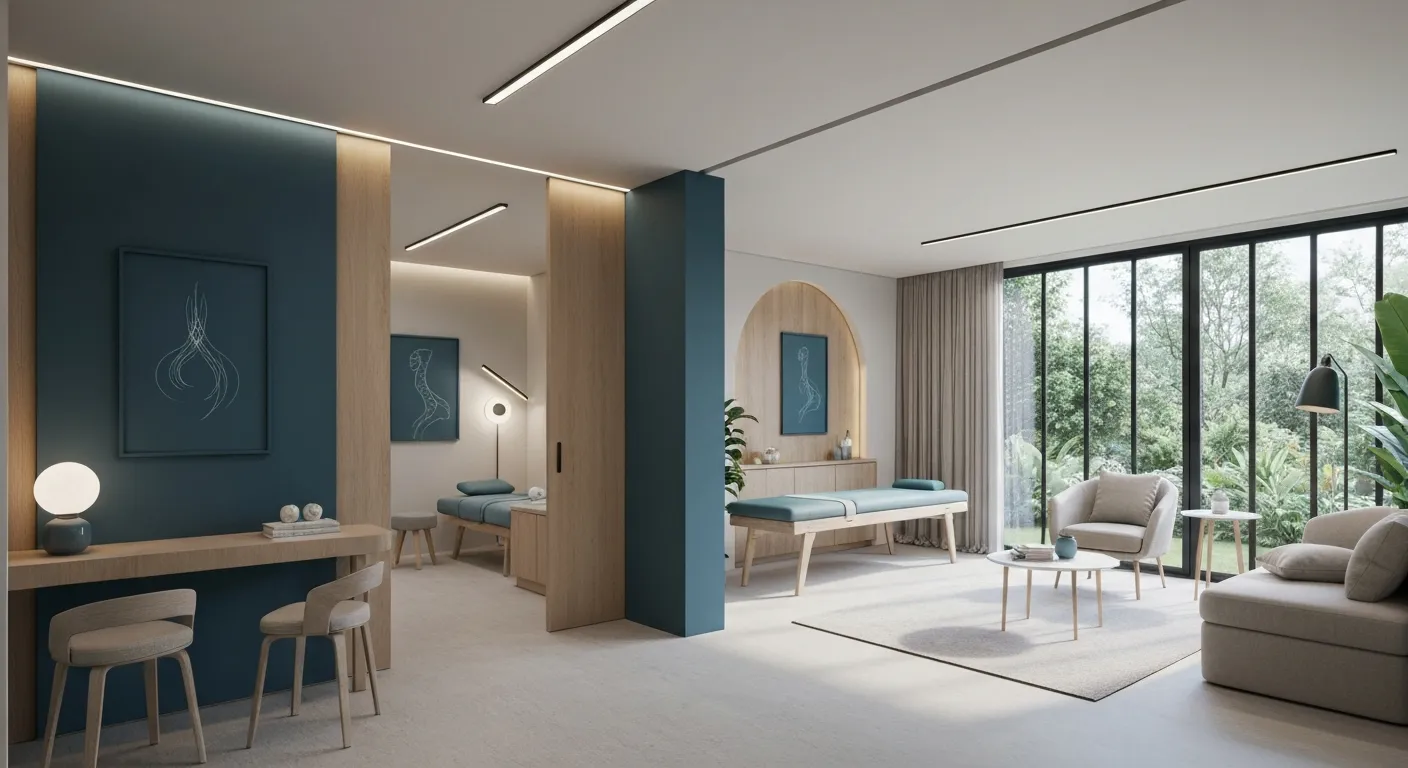
10 Benefits of Integrating Physiotherapy with Chiropractic Treatments
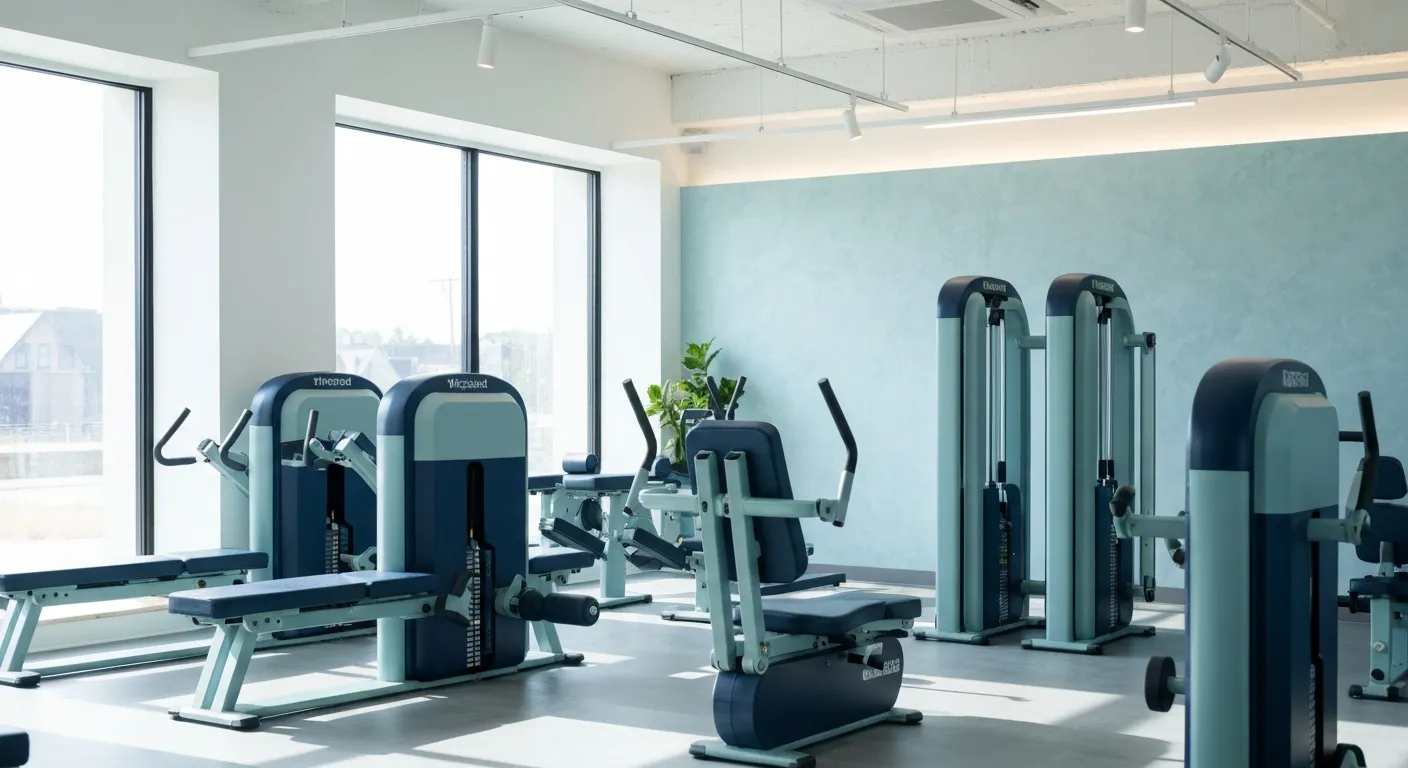
Corrective Exercises That Help Prevent Recurring Pain

8 Corrective Exercises Proven for Lasting Pain Relief

Lifestyle Habits for Maintaining a Healthy Spine

What You Will Experience at Your Initial Chiropractic Visit

What Happens at Your First Visit to a Chiropractor?

Focusing on Root Cause Analysis for Effective Pain Relief
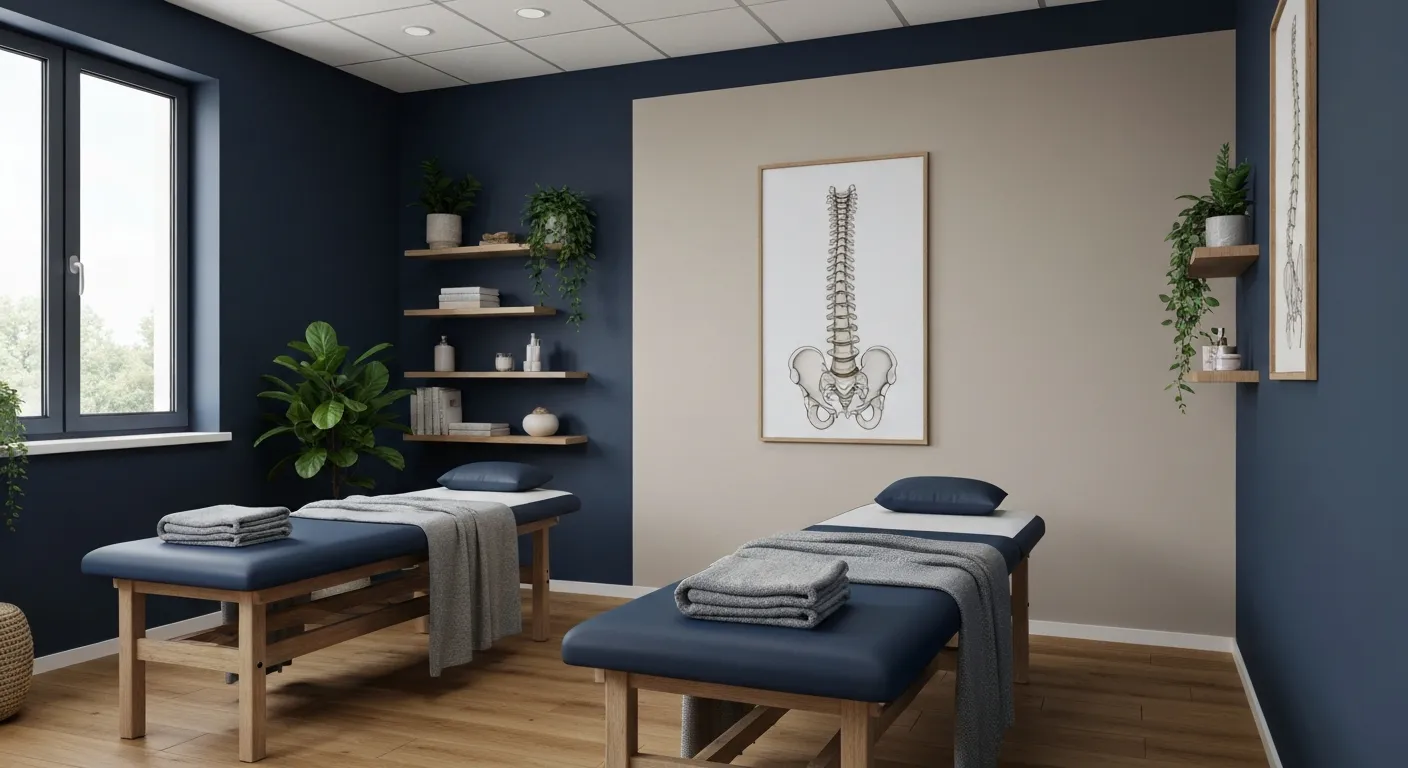
Tips for Lifestyle Changes to Support Spinal Health

Tips for Lifestyle Changes to Support Spinal Health
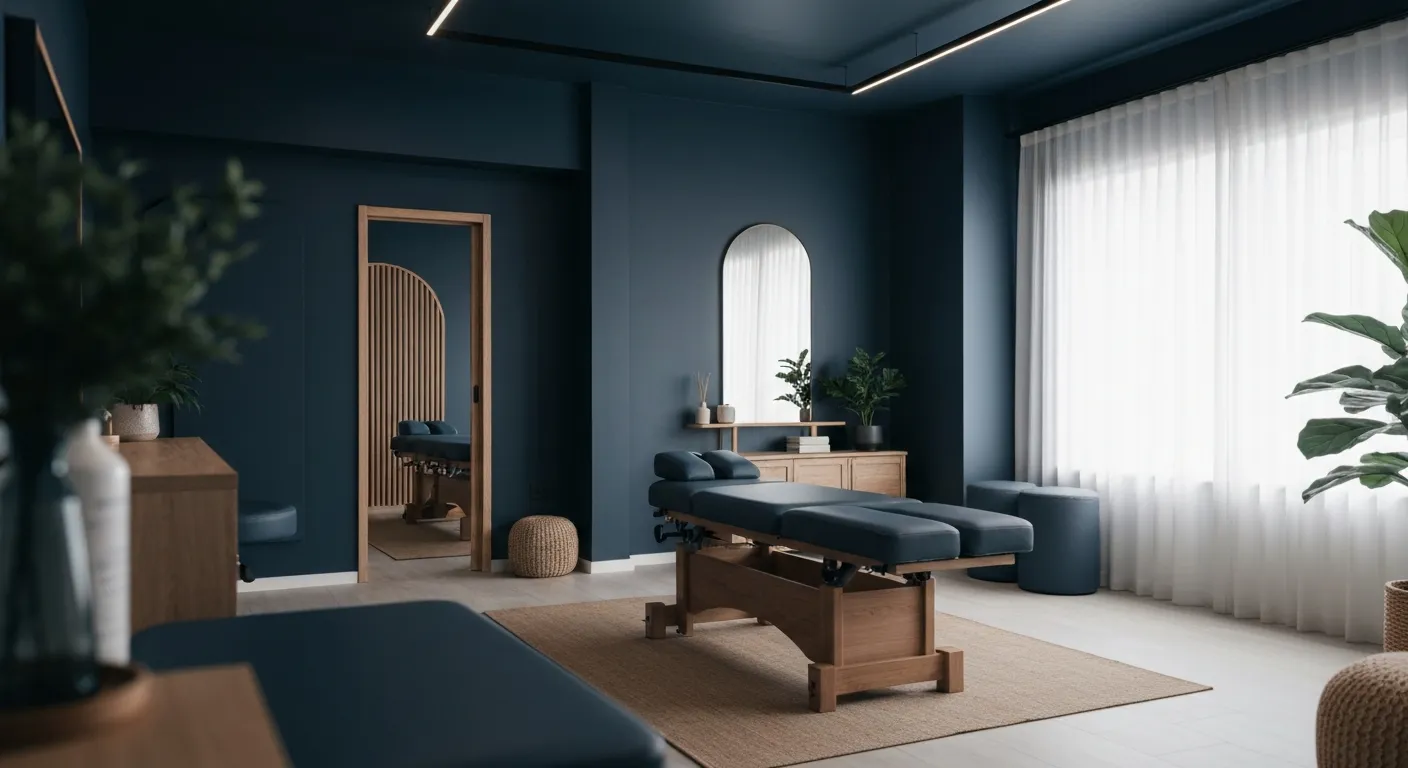
Holistic Treatment Plans: Alternatives to Surgery for Chronic Pain

Enhance Wellness Through Personalized Nutritional Counseling

Non-Invasive Pain Relief: Exploring Holistic Treatment Alternatives

Sciatica Relief Through Targeted Spinal Decompression

Integrating Physiotherapy with Chiropractic Treatments for Better Results
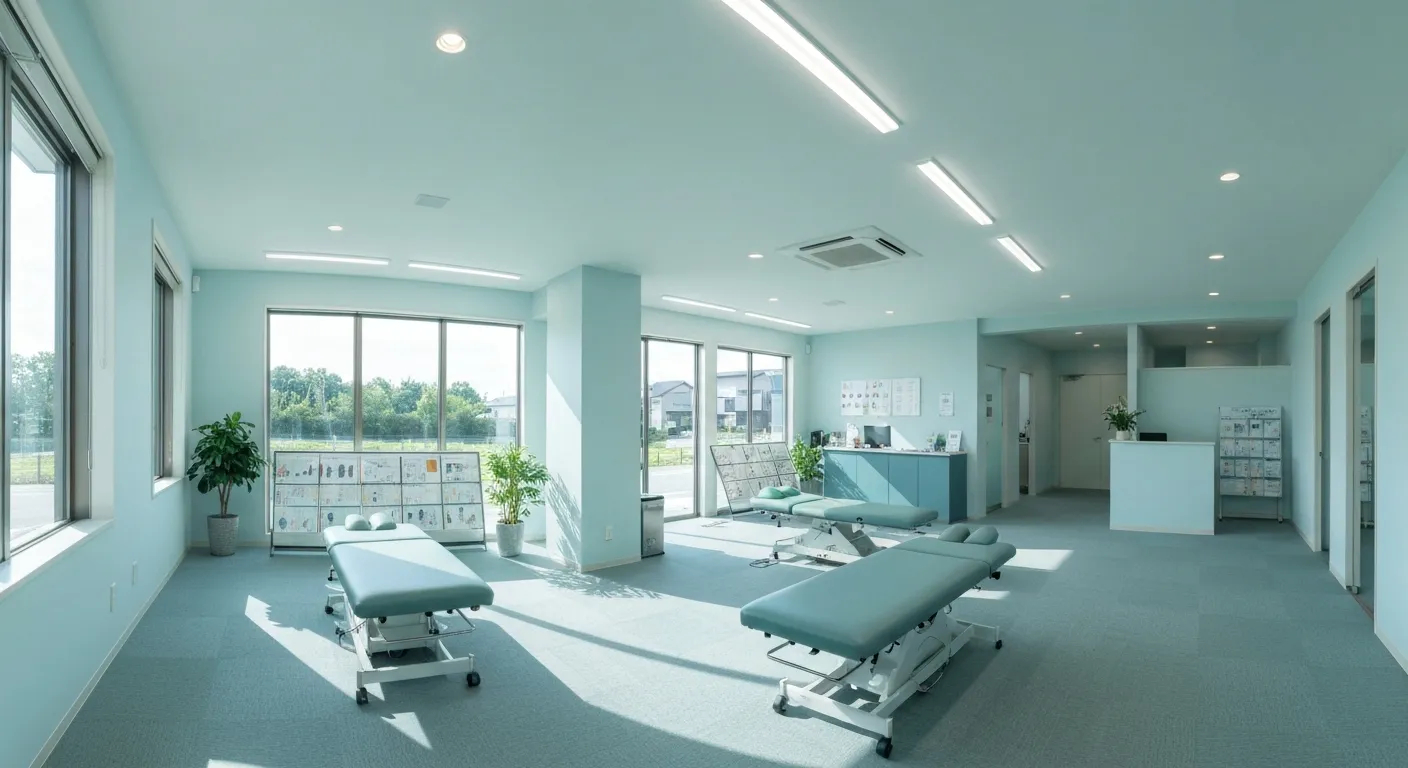
Testimonials That Demonstrate the Benefits of Chiropractic Care
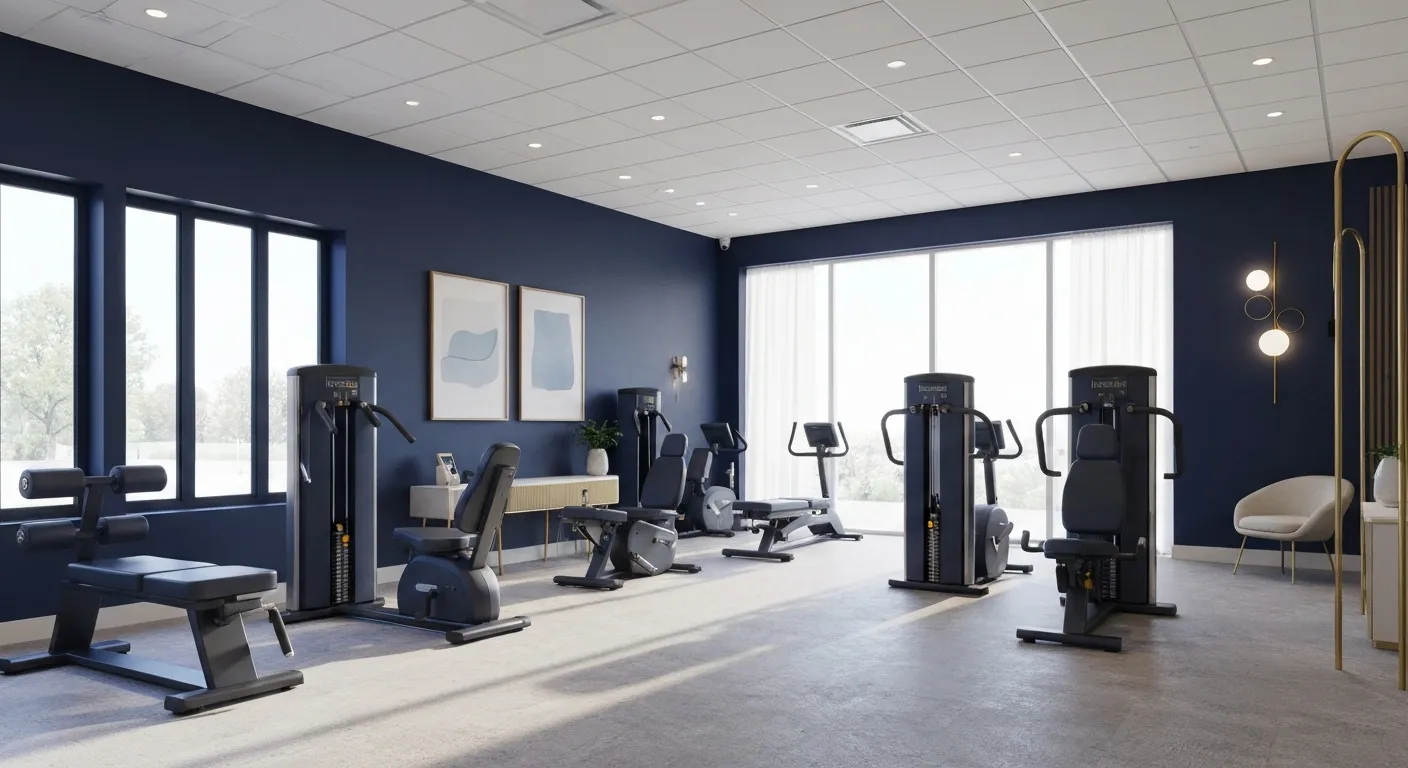
The Power of Corrective Exercises in Pain Management

A Step-by-Step Guide to Your Initial Chiropractic Consultation

9 Nutritional Tips to Enhance Your Chiropractic Wellness Journey

Patient Experiences: How Chiropractic Care Changed Their Lives

Lifestyle Recommendations to Keep Your Spine in Top Shape

Effective Corrective Exercises for Long-Term Pain Relief

Back Pain Benefits: What Chiropractic Care Can Do for You

Spinal Decompression Techniques for Effective Sciatica Relief

Top Nutritional Counseling Tips for Enhanced Wellness

6 Lifestyle Habits That Boost Spine Health Daily

Discover Holistic and Non-Surgical Pain Relief Solutions

Exploring Holistic and Non-Surgical Treatment Options for Pain

The Role of Physiotherapy in Enhancing Chiropractic Care Outcomes

Complementing Chiropractic Care with Physiotherapy: What You Need to Know

What to Expect During Your First Chiropractic Visit

Simple Lifestyle Adjustments to Maintain a Healthy Spine

Personalized Nutritional Counseling for Improved Health Outcomes

Exploring Non-Surgical Treatments for Spine-Related Conditions

An Introduction to Spinal Decompression for Sciatica Patients

Transformative Success Stories: Patient Experiences with Chiropractic Treatments

Why Chiropractic Care Is Essential for Back Pain Relief

Addressing Underlying Causes Versus Symptom Management in Pain Care

The Role of Nutrition in Enhancing Chiropractic Treatment Effectiveness

Sciatica Treatment Options: Is Spinal Decompression Right for You?

Lifestyle Tips to Maintain a Healthy Spine and Prevent Back Issues

The Synergy Between Physiotherapy and Chiropractic Treatments

What Happens During Your Initial Chiropractic Consultation

Effective Corrective Exercises for Sustainable Pain Management

Taking a Root Cause Approach to Chronic Pain Management

Holistic Pain Management Techniques Without Surgery

How Patient Success Stories Validate Chiropractic Care Benefits

Spinal Decompression: Innovative Treatment for Sciatic Nerve Pain

Spinal Decompression Therapy: A Non-Invasive Approach to Sciatica Relief

Exploring Holistic Approaches Beyond Surgery for Pain Relief

Practical Lifestyle Advice to Support a Healthy Spine Every Day

Corrective Exercise Routines Designed for Long-Term Pain Prevention

Real Patient Stories: Overcoming Chronic Pain with Chiropractic Care

Lifestyle Changes That Promote a Healthy Spine and Prevent Injury

How Addressing the Root Cause of Pain Leads to Lasting Relief

Non-Surgical Holistic Therapies to Manage Chronic Pain Effectively

Nutritional Counseling's Impact on Physical Health and Healing

Benefits of Regular Chiropractic Care for a Stronger Back

Your First Chiropractic Visit: What to Expect and How to Prepare

Patient Experiences: How Chiropractic Care Transformed Their Lives

Exploring Holistic, Non-Surgical Options for Pain Management

Combining Physiotherapy with Chiropractic Treatments for Enhanced Recovery

Holistic Treatments That Offer Alternatives to Surgery for Pain Relief

Corrective Exercise Strategies for Long-Term Spine Health

How Physiotherapy Complements Chiropractic Adjustments for Better Outcomes

First-Time Chiropractic Visitors: What You Should Know

Understanding the Importance of Treating Pain at Its Source

Adopting Lifestyle Changes to Support Your Spine's Wellness

Utilizing Physiotherapy to Enhance Chiropractic Treatment Outcomes

The Key Advantages of Chiropractic Care for Back Pain Sufferers

Why Focusing on Root Causes Improves Pain Treatment Success

Corrective Exercises That Promote Lasting Pain Relief and Mobility

Sciatica Relief Through Targeted Spinal Decompression Techniques

Preparing for Your First Chiropractic Appointment with Confidence

Healthy Lifestyle Habits for Maintaining Spinal Alignment

Success Stories Highlighting Chiropractic's Role in Pain Recovery

Top Benefits of Chiropractic Care for Chronic Back Pain

Nutrition Tips to Boost Your Overall Wellness and Recovery

How Chiropractic Care Alleviates Back Pain Naturally

